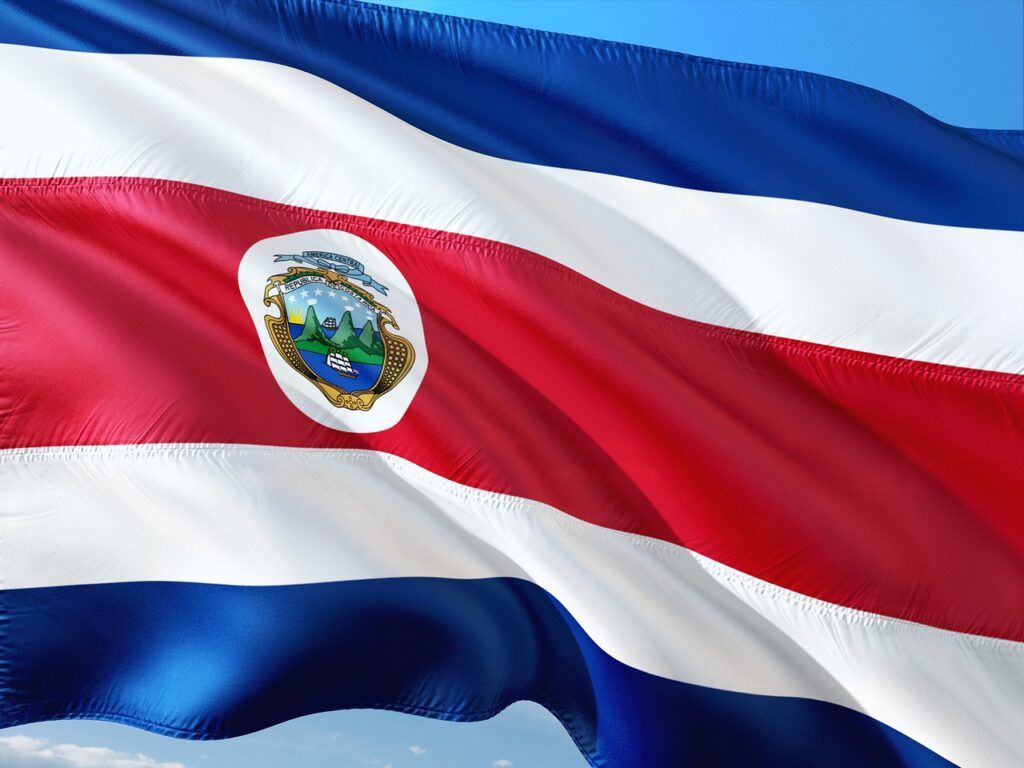News
Why do business in Southeast Asia?: Reasons, opportunities, approaches, strategies, publications
Southeast Asia is one of the fastest growing economic regions in the world, offering a favorable environment for companies looking to expand internationally. In particular, the countries integrated in ASEAN (Association of Southeast Asian Nations): Malaysia, Indonesia, Brunei, Vietnam, Cambodia, Laos, Myanmar, Singapore, Thailand and the Philippines, represent a market of more than 625 million inhabitants, a GDP of more than 2.5 trillion dollars and a labor force of more than 300 million workers, it is an extremely attractive market for the advantages and opportunities it offers to foreign investors.
Galician economic relations with Southeast Asia are still modest, a clear reflection of this is the volume of Galician exports to the ASEAN countries which, according to the latest data published by DataComex, reached 119 million euros in 2023, with Indonesia as the main destination of these exports with a share of more than 20%. This exchange accounted for more than 10% of Galician exports to the Asian region, but only 0.43% of its total exports.
One of the main reasons is the limited historical relationship and mutual unfamiliarity. However, the economic weight and growth potential of these countries is evident and for this reason, AVCO Legal and the Galician Confederation of Entrepreneurs (CEG) are co-organizing the conference “WHY DO BUSINESS IN SOUTHEAST ASIA? REASONS, OPPORTUNITIES, APPROACHES, STRATEGIES, PUBLICATIONS” It will take place in Santiago de Compostela, on Wednesday, February 14th, at the CEG Headquarters (Rúa do Vilar, 54), from 11:00 to 13:00.
It will be led by the director of AVCO Legal, Mr. Antonio Viñal.
PROGRAM
I. INTRODUCTION
– Business challenges
– Southeast Asian indicators
– Spanish responses: a) Public; b) Private.
– The general outlook
II. REASONS
– Geographical
– Political
– Economic
– Social
– Strategic
III. OPPORTUNITIES
– Economic and social development plans
– Sectors
– Nusantara
– China + One
IV. APPROACHES
– Export: Tariff and non-tariff barriers. Free Trade Agreements
– Establishment: a) Representative offices; b) Branches; Subsidiaries.
– Franchising
– Joint Ventures: a) Contractual; b) Corporate.
– Representation
V. PARTNERS
– Need for
– Search for
– Due Diligence
VI. STRATEGIES
– Markets and rules of the game
– Corporate, business and institutional culture
– Face-to-face, patient and prolonged activity
– Trade missions versus “Matchmaking business meetings”.
– Time concept
– Recruitment of local and expatriate employees
VII. PUBLICATIONS
VIII. CONTACTS
To register, please contact us at salt@ceg.es .





